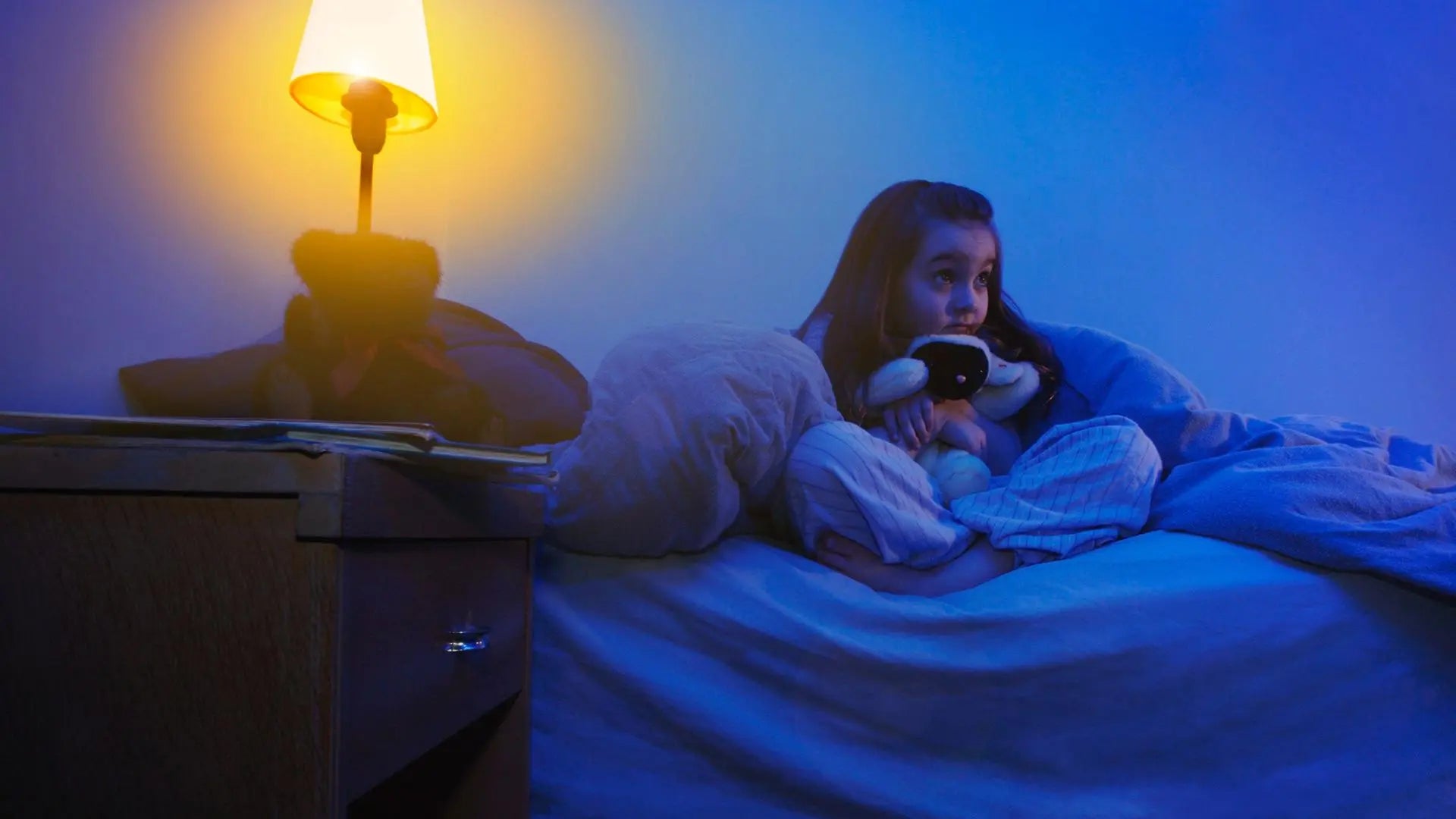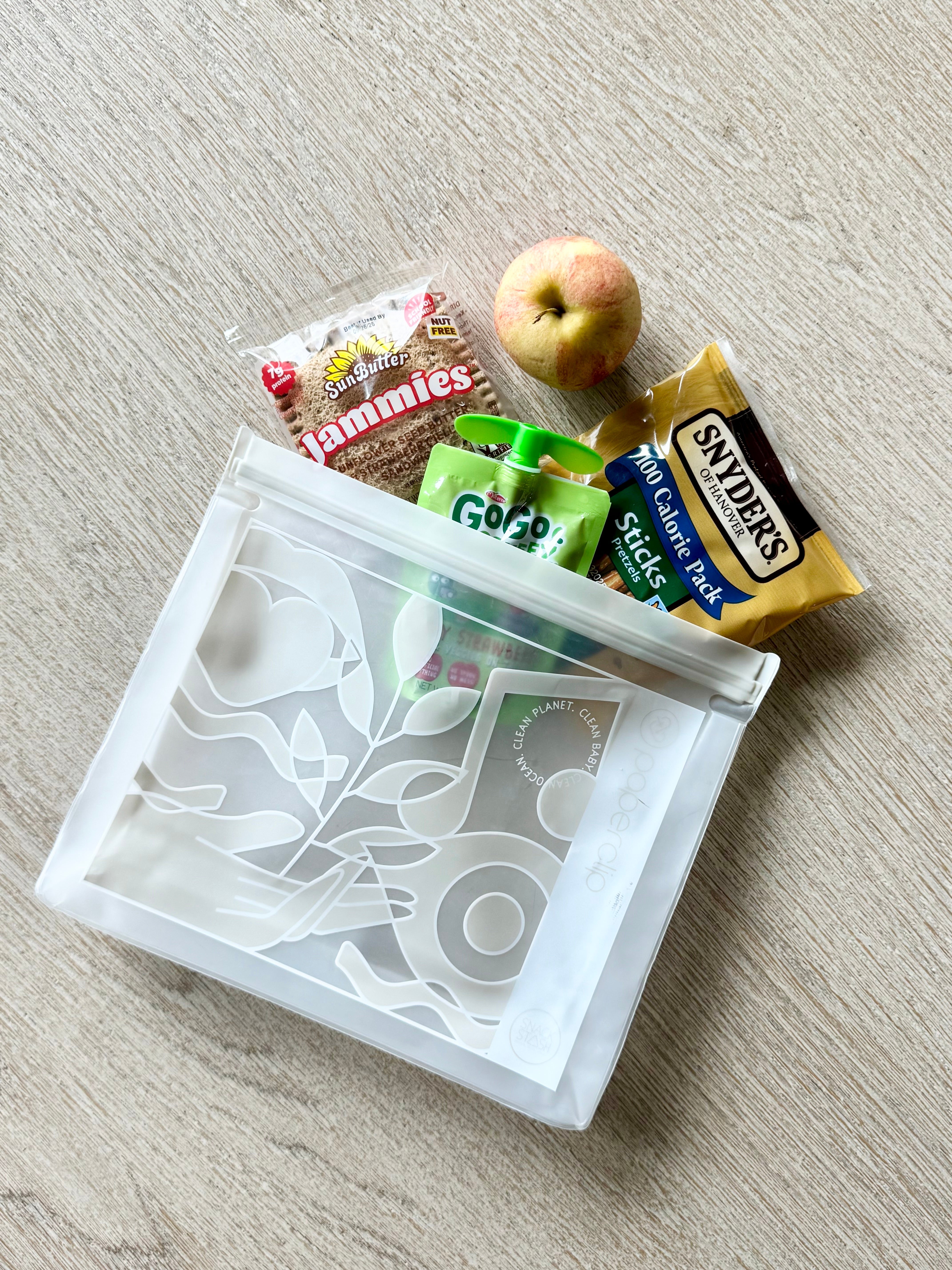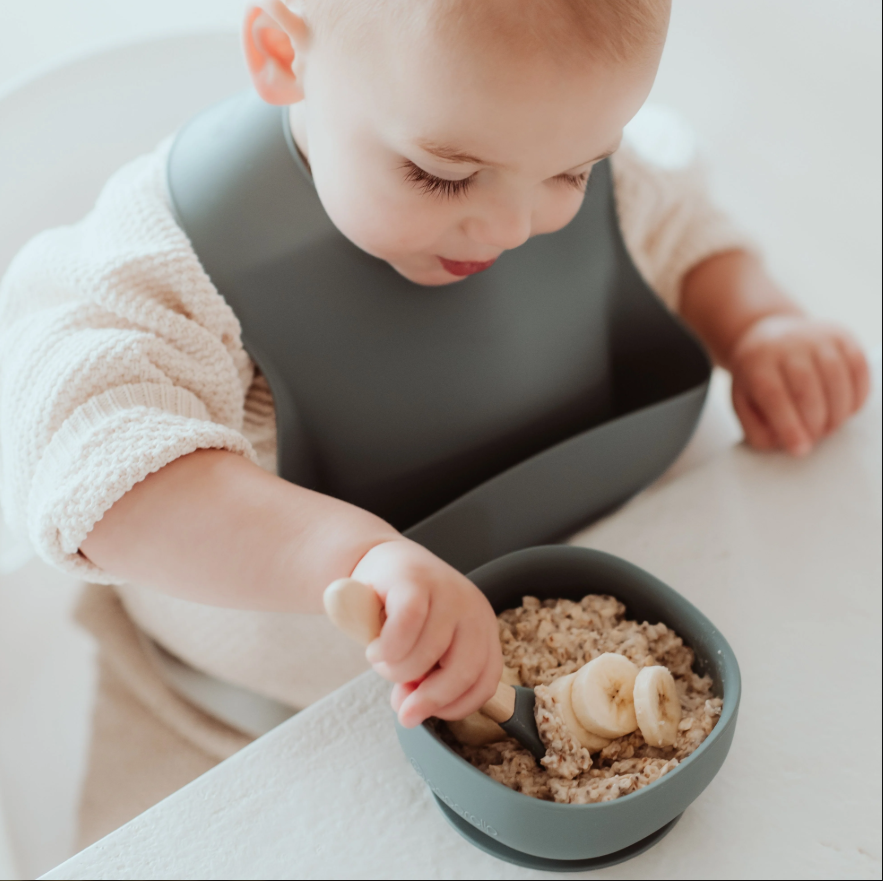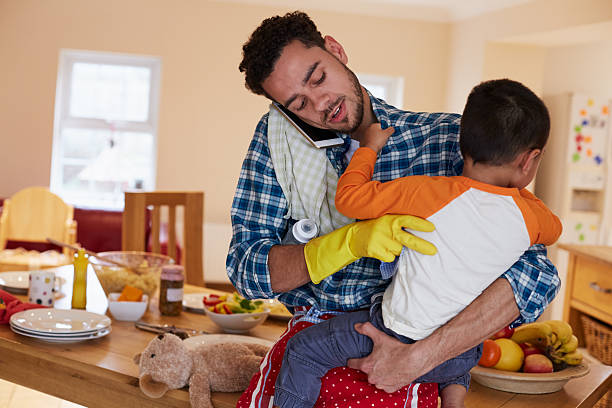The spooky season is here.
In October and November, witches, wild turkeys, goblins, and ghosts take over colorful leaf-filled lawns, grocery stores, TV shows, and movies. For young children and toddlers, this can be a challenging time. As adults, we know the embellishments of the season are the stuff of make-believe, but our kids are just learning to navigate them. Inevitably, some children may be afraid. Others may put on a brave face by day, only to have their thoughts creep up at night.
Have no fear. Parents can help soothe distress should their kids have night terrors or nightmares during the holidays. Parents can also use a few simple tactics to preempt terror-filled nights altogether.
Is it a Night Terror or a Nightmare?
Understanding the differences between night terrors and nightmares is essential to know how to manage them best. Night terrors occur when a child is in a partial waking state, usually during the first few hours of sleep. They may kick, scream, thrash, or even sleepwalk without memory of it in the morning. While understandably disturbing to all involved, night terror episodes are harmless and will typically result in a deep sleep once it has passed.
Common causes of night terrors include a lack of quality sleep, heredity factors, and illness. For instance, a fever can increase a child’s odds of having night terrors.
On the other hand, nightmares are caused by terrifying dreams that make your child scared to go back to sleep. They usually happen in the night’s second half when sleep is less deep. It’s impossible to know exactly what causes nightmares unless your child remembers, but it can be brought upon by anything your child has heard or seen.
What to do when your child has night terrors
Less common than nightmares, night terrors affect about 1 in 20 children. There are ways parents and caregivers can help when a child is having an episode. First and foremost, don’t awaken your child. Instead, try to help them return to normal sleep by making soothing sounds or stroking them while they are still in partial sleep. If your child is sleepwalking, gently guide them back to bed to prevent accidents.
You can try to prevent night terrors by having a nightly bedtime routine your child loves. This should include a regular bedtime that ensures they get good quality sleep. Overtired kids are more likely to have night terrors than well-rested ones.
What to do when your child has nightmares
Nightmares may be more common than night terrors, but they can be just as scary for parents as kids. Anyone who has ever been woken by screaming in the night will surely agree. Cuddle, comfort, and reassure your child that they are safe. Make sure they go back to bed in their own bed so sleeping with you doesn’t become an unbreakable habit. A favorite stuffed animal or security blanket is a comforting tool that can be used in your place.
Preventing nightmares may be unavoidable, but parents can help minimize them with a few tactics. Talk about their dream during the day, as it will seem less scary and allow parents to find the issue’s root. Avoid letting kids watch scary movies and TV shows that are not age-appropriate, no matter how much they beg. This can be challenging during the spooky season, but hold your ground.
Again, a well-established bedtime routine with lots of built-in giggles will help lull your child into sweet dreams. Choose books that nurture happy thoughts and emotions—ones that tackle monsters under the bed, ghosts in the closet, and general nighttime fears.
When to call a healthcare provider?
While upsetting, night terrors and nightmares are generally harmless. However, contacting their healthcare provider is necessary if your child exhibits certain signs. If the night terrors happen regularly, last for longer than 30 minutes, or are accompanied by jerking movements or drooling, it might be best to speak to a doctor. This is also true should your child have daytime fears, do something dangerous during an episode, or have other symptoms.
Similarly, if nightmares happen with more regularity, get increasingly worse, or begin to interfere with your child’s day, getting help is essential. Naturally, parents shouldn’t hesitate to call a healthcare provider whenever they feel the need. Go with your gut; it’s always right.
How to prepare for Halloween
Advanced prep can go a long way to ensure your child embraces All Hallows Eve. For toddlers, think about spending a week or so before the holiday arrives to introduce them to it on your terms. Choose movies or TV shows appropriate for their age. Explain that while Halloween might appear scary, it’s all pretend. Expose them to the shelves of masks at a local store, spend a morning walking along the decoration-clad houses of your neighborhood, or create child-friendly Halloween arts and crafts.
If your child is old enough to trick or treat, go early to get home before sundown. Choose your route carefully to avoid houses that you know have scarier decorations. Acknowledge any fears you see on their faces and talk about them. This gives you the chance to control the narrative of Halloween.
Fill the holidays with sweet dreams.
Halloween and the spooky season is a time of candy corn, costumes, hay rides, and good old-fashioned fun. Yet, night terrors and nightmares are an unwanted side effect of the season’s festivities.
Being prepared, creating diversions, and following a bedtime routine can help make it a wonderful time of year for kids of all ages. Each child (and adult, for that matter) has their tolerance for what is considered scary. Take note of your child’s barometer for being spooked and plan accordingly. You’ll undoubtedly build a healthy relationship filled with sweet dreams between your little pumpkins and the Fall holidays.
Written by Jamie Edwards
Jamie is an avid traveler, travel writer, and photographer. She launched I am Lost and Found, her adventure/luxury travel website after 25 years of living and traveling around the globe. She has lived in both NYC and Tokyo. Today she resides in Washington DC with her husband, two kids, and two black labs. Jamie’s goal is simple: to inspire travel.
Popular Articles
Help! My Silicone Tastes Like Soap!
Back-to-Preschool, the Eco-Friendly Way: 7 Simple Swaps for Greener Mornings
If you're looking to make mornings smoother and more sustainable, here are 7 simple, eco-friendly swaps perfect for preschoolers and the grownups who love them.
Read More






